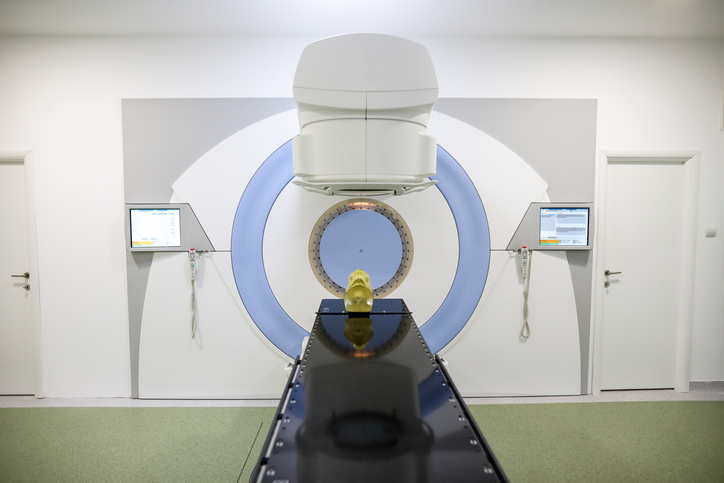Pain
Diagnosing Radiation-Induced Peripheral Neuropathy

What is radiation-induced peripheral neuropathy?
Radiation-induced peripheral neuropathy refers to a set of symptoms that occur when peripheral nerves are damaged from radiation therapy. The peripheral nervous system is the communication network that connects the central nervous system (the brain and spinal cord) to every other part of the body. The peripheral nerves carry sensations, control movement, and regulate involuntary bodily functions.
Symptoms of radiation-induced peripheral neuropathy include pain, abnormal skin sensations, and muscle weakness.
The diagnostic process typically includes a medical history, physical examination, and various medical tests/studies.
Medical history and physical examination
A thorough medical history and physical examination can aid in the diagnosis of neuropathy caused by radiation therapy. Clinical indicators that suggest a diagnosis of radiation-induced peripheral neuropathy include the following:
- History of radiation therapy
Radiation-induced peripheral neuropathy is more likely to develop if large doses of radiation therapy were performed, radiation was performed over a large area of the body, multiple rounds of radiation were given, or low-energy machines were placed a short distance from the skin during treatment. - Location of symptoms
Symptoms of radiation-induced neuropathy occur at or near the area that was irradiated. - Progression of symptoms
Neuropathy that begins insidiously and slowly worsens over a period of months or years following radiation treatment is characteristic of radiation-induced neuropathy. Neuropathic symptoms that start abruptly and stop progressing are less common with radiation-induced peripheral neuropathy. - Nature of symptoms
Symptoms of radiation-induced peripheral neuropathy typically include pain and weakness. A diffuse neuropathy is unlikely to be due to radiation treatment. Limbs that are innervated by a damaged nerve may have lymphedema rather than radiation-induced peripheral neuropathy.
Tests and studies
- Imaging studies
X-rays, ultrasounds, and MRIs may be used to locate enlarged nerves or areas that have significant scarring. They can also be used to exclude other causes of neuropathy, such as nerve compression or a recurrence of cancer. - Blood tests and labs
Blood tests may be used to rule out other causes of neuropathy, including diabetes, vitamin deficiencies, and autoimmune diseases. - Electromyography (EMG)
An EMG is a test that measures the electrical activity of a muscle. If a nerve is damaged, increased or decreased muscle activity is typically present. EMG findings often show spontaneous nerve discharges. - Nerve conduction study
A nerve conduction study involves two electrodes that are placed on the skin to measure the speed of electrical impulses. Damaged nerves have slow impulses.










